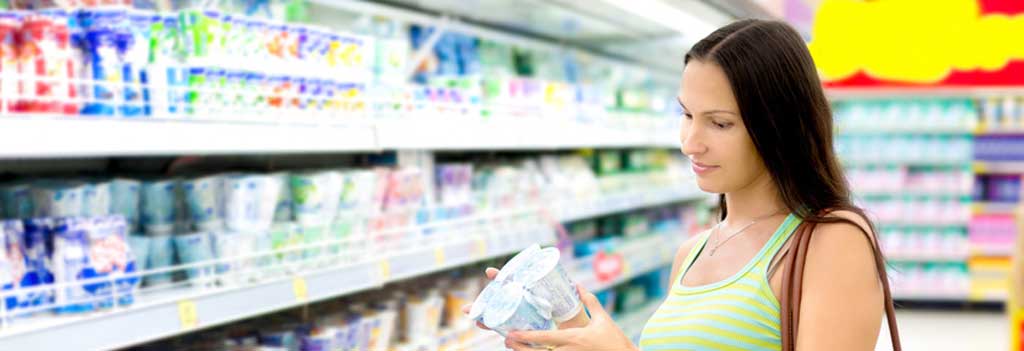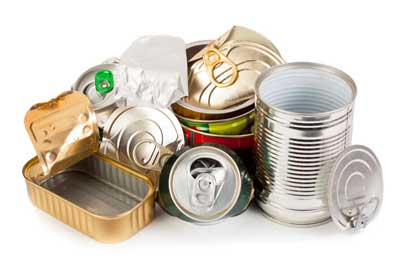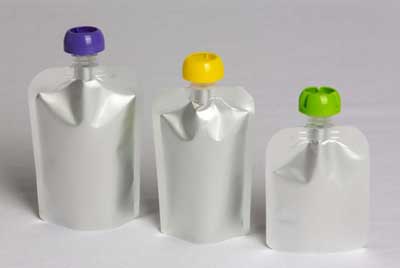

About the Author:
CEO at AlFiPa, responsible for operations as well as purchasing and sales. He is the primary contact for orders and deliveries within the company.
More than 90% of all food products sold in Western Europe come packaged. The packaging not only protects the food from spoilage and contamination, but also often is chosen in order to improve the looks so that more people of the respective target group are drawn to the product.
AlFiPa supplies aluminium foils and laminates for numerous applications of food packaging. Whether it is foils, tapes or cuttings, you will find everything that you are looking for.
Benefits of Aluminium foil when packaging food
Aluminium packaging is light, flexible and easily recyclable. Furthermore, it is hygienic, non-toxic and helps in keeping the aroma of foods. It keeps the food fresh for a long time and provides protection from light, ultraviolet radiation, oils and grease, water vapour, oxygen and microorganisms.

Lasagne in an Aluminium container
In addition, have a look at the following advantages:
- Aluminium foil reacts only to highly concentrated acids and basic substances and is otherwise strongly corrosive resistant
- Aluminium foil is sterile and therefore hygienic
- Aluminium foil is tasteless and odorless
- Aluminium foil is extremely dimensionally stable even in soft state
- Aluminium foil can be recycled several times without loss of quality
- Aluminium foil does not absorb liquids
Despite the contrary claims, aluminum foil in food packaging is generally harmless to health. Acid or salty foods should not come into direct contact with aluminium, but composite films with aluminum layer can be used.
More durable thanks to Aluminum foil.
The efficient storage of food and beverages in aluminum packaging reduces the need for cooling and makes it spoil slower. In addition, the low weight of the aluminum reduces required energy during transport.
Aluminum foils and laminates are ideally suited for the production of packaging for:
- Coffee and tea
- Instant beverages
- Jams and pies
- Snacks, biscuits and peanuts
- Sausage and dried meat
- Soup concentrates
- Baby food
- Ready meals and preserves
Colorful packaging with Aluminum foil
Colorful packages often sell better. In many cases, costumers choose a particular product because they feel attracted by the design of the packaging.
Packaging is product protection and advertising both in one.

Food packaging made of Aluminium
As in most other industries, colored films are often used in the food industry too. Whether imprinted or painted – food is particularly effectively sold in colorful looks. With visually successful food packaging, manufacturers can give their products their own image and thus promote the recognition value of the target group.
Which Aluminum foil is suitable for which product?
Depending on their thickness, aluminum foils and laminates are used for a wide range of food packaging.
Films of 10 to 12 µm are ideal for chocolates and candies, while 30-38 µm films are used in the dairy industry, for example for packaging desserts, pudding and yogurt. For marmalades and pies, however, aluminum foils of 50-70 µm are the right choice.
Due to cost reduction, the trend is currently going towards increasingly thinner aluminium foils. In the field of chocolate packaging, the thickness of the packaging alone decreased by about 30% in the last twenty years. Currently, the average thickness of chocolate foil is between 7-15 µm, less than the diameter of a human hair.
Over 90% of the food items traded in Western Europe are packaged, enhancing the protection and shelf life of the products.
Bare Aluminum foil is not suitable for all foodstuffs
The selection of a suitable packaging film helps to protect the product optimally and to extend the minimum shelf life.
However, in the case of aluminum foil it is only guaranteed if it does not come into contact with particularly acidic or salty foods. Under the influence of acid and salt, aluminium ions dissolve and pass into the food.
It is therefore not recommended to use bare aluminum foils as packaging for the following products:
- Apple sauce, stewed apples, apple purée
- Rhubarb
- Tomatoes
- Sour cucumbers
- Sauerkraut
- Salted herring
- Sliced citrus fruits
- Marinades that contain vinegar or fruit acids
- Lye pastry before baking
If no Aluminum, then use a composite film.
However, laminates are well suited for packaging those products. Composite films can be used – also with aluminum. By protecting the aluminum with a plastic layer the food does not come into direct contact with the foil.

Stand-up pouch made an Aluminum composite foil
Contact with other metals also leads to corrosion of aluminum soil. This effect is noticeable by a dark to black coloring of the film, which could even partly dissolve.
Legislation for food packaging
The packaging is intended to protect the food, but must not contaminate it by packaging components. Relevant directives, laws, standards and regulations ensure that consumers are protected from pollution by impurities.
For manufacturers of food packaging the following legal requirements are binding:
Regulation (EG) 1935/2004
This regulation contains specifications on packaging materials, bottles and containers which may come into direct or indirect contact with food. It is intended to ensure the protection of human health and also ensure that the products can be sold throughout the European economic area.
Regulation (EG) 2023/2006
On the basis of regulation VO (EG) 1935/2004, this regulation defines the rules for Good Manufacturing Practices for articles and materials intended to come into contact with foodstuffs.
Regulation (EU) Nr. 10/2011
Since the 1th of May 2001, this regulation has replaced directive 2002/72/EG, commonly also known as the Plastics Directive. Among other things, it contains a complete list of all monomers, additives and other starting materials which may be used in the production of plastic packaging for food packaging.
Our food foils comply with these regulations. If required, you will receive a Declaration of Harmlessness for the use of our films as packages with food contact. Contact us.
